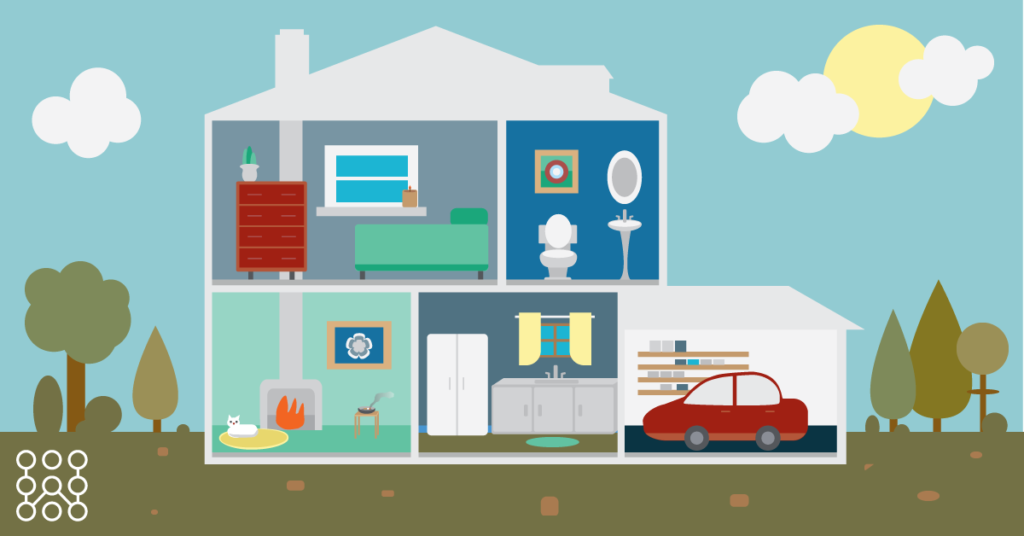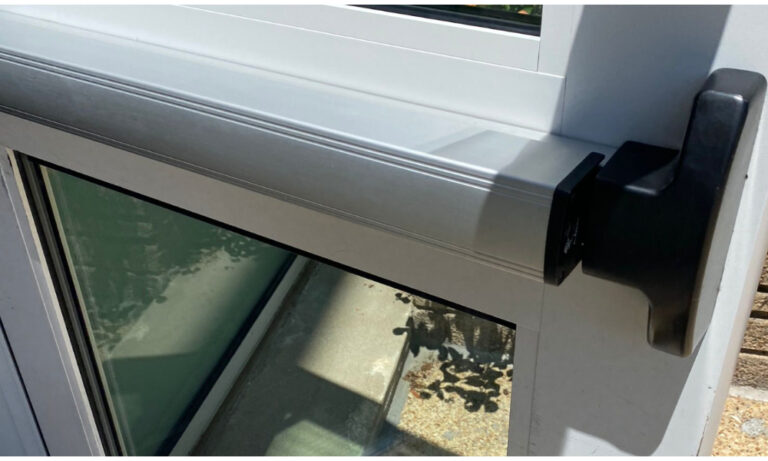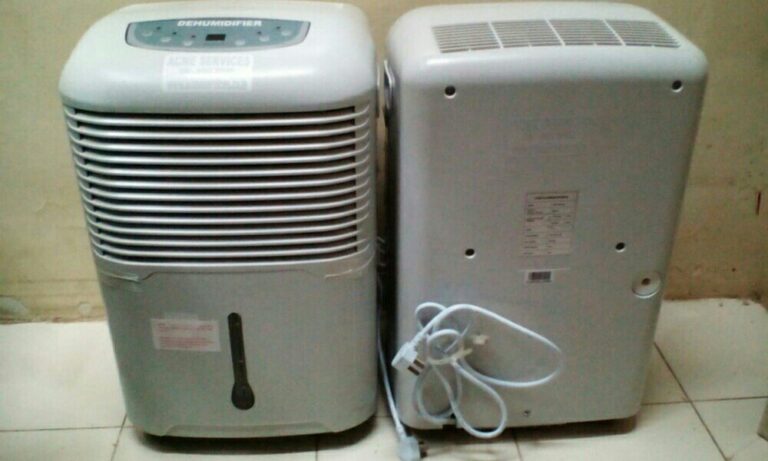
Did you know that the air inside your home can be up to five times more polluted than the air outside? If you’re concerned about your indoor air quality, you’re not alone.
This article will provide you with practical tips and strategies to improve the air you breathe. From identifying indoor air pollutants to using air purifiers and filters, you’ll learn how to create a healthier and cleaner environment for you and your loved ones.
So, let’s get started on your journey to better indoor air quality!
Identify Indoor Air Pollutants
To identify indoor air pollutants, start by conducting a thorough assessment of your living space. This is crucial because indoor air quality can have significant health effects on you and your family.
Testing methods can help you determine the presence of various pollutants, such as volatile organic compounds (VOCs), mold spores, and allergens. One common testing method is air sampling, where air samples are collected and analyzed for the presence of specific pollutants.
Another method is surface testing, which involves swabbing surfaces to identify the presence of mold or bacteria.
Additionally, you can use air quality monitors to continuously monitor the levels of pollutants in your home.
Understanding the health effects of different indoor pollutants and using appropriate testing methods will empower you to take necessary actions to improve your indoor air quality and create a healthier living environment.
Eliminate or Reduce Sources of Pollution
You can improve indoor air quality by eliminating or reducing sources of pollution in your home. One way to achieve this is by regularly monitoring the air quality in your indoor spaces. Air quality monitoring devices can help you identify the presence of harmful pollutants and take appropriate actions.
It’s also important to minimize the use of products that release pollutants into the air, such as cleaning agents, paints, and pesticides. Instead, opt for natural alternatives or products with low VOC (volatile organic compound) content.
Additionally, consider using natural air purifiers like plants, which can help remove certain pollutants and improve air quality.
Improve Ventilation
One effective way to improve indoor air quality is by regularly ensuring proper ventilation in your home. Adequate ventilation helps to increase air circulation and remove pollutants from the indoor environment. Here are three ways you can improve ventilation in your home:
– Open windows and doors: Natural ventilation is one of the simplest and most effective methods to improve indoor air quality. Opening windows and doors allows fresh outdoor air to enter and stagnant indoor air to exit, helping to reduce the concentration of pollutants.
– Use exhaust fans: Install exhaust fans in areas prone to high humidity and pollutants, such as the kitchen and bathroom. These fans help to remove moisture, odors, and pollutants from the air, improving overall air quality.
– Consider mechanical ventilation systems: If natural ventilation is insufficient, you may consider installing mechanical ventilation systems such as whole-house fans or heat recovery ventilators. These systems help to bring in fresh outdoor air and remove stale indoor air, ensuring a constant supply of clean air.
Use Air Purifiers and Filters
Improve indoor air quality by incorporating air purifiers and filters into your home.
Air purifiers are devices that remove pollutants and allergens from the air, improving its quality. They work by using filters to trap particles such as dust, pollen, pet dander, and other pollutants. When choosing an air purifier, it’s helpful to read air purifier reviews to find the most suitable one for your needs.
Air filters, on the other hand, are typically installed in the HVAC system and work to remove contaminants from the air as it circulates throughout your home. They can help reduce the presence of dust, mold spores, bacteria, and other harmful particles.
Using air purifiers and filters can provide numerous benefits, including improved respiratory health, reduced allergies, and a cleaner living environment.
Conclusion
In conclusion, by identifying indoor air pollutants, eliminating or reducing their sources, improving ventilation, and using air purifiers and filters, you can significantly improve the air quality in your indoor spaces.
Remember, ‘Rome wasn’t built in a day,’ so take small steps towards creating a healthier environment.
With dedication and persistence, you can achieve clean and fresh air that promotes well-being and better respiratory health.
So, let’s get started on this journey and breathe easy! Get more info here – https://twitter.com/cleanairhacks.





